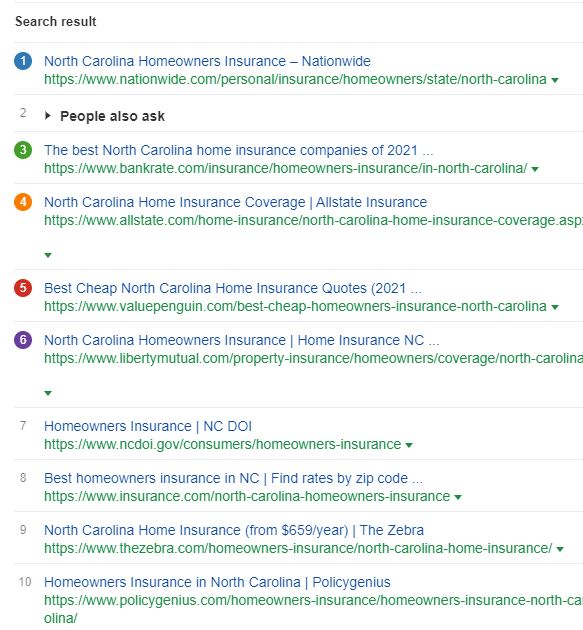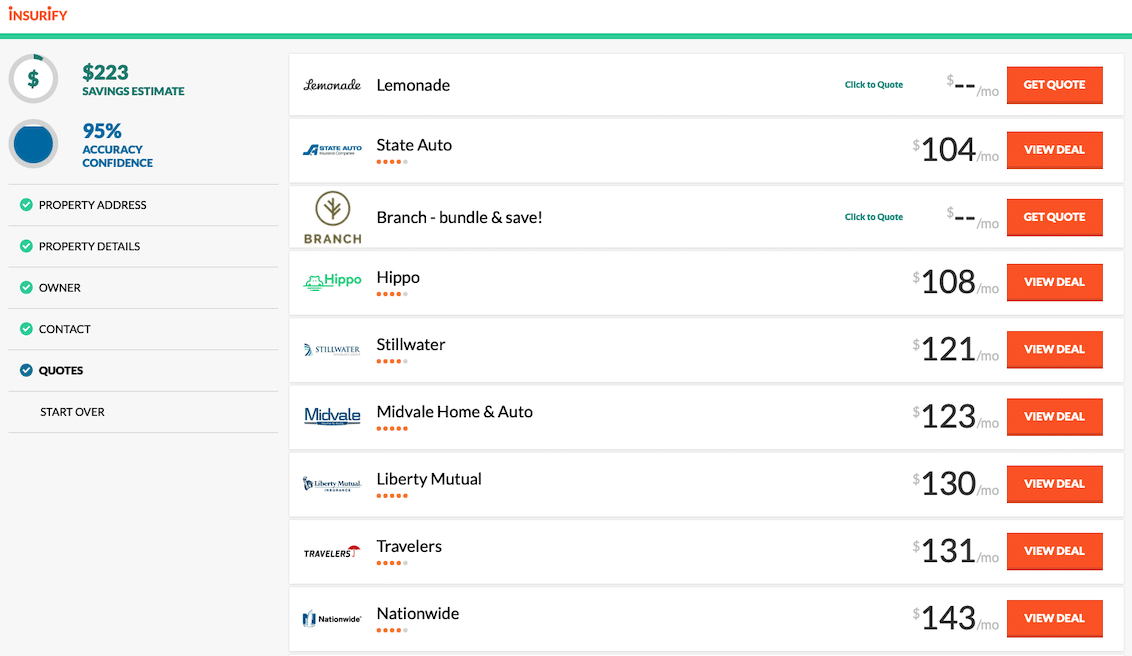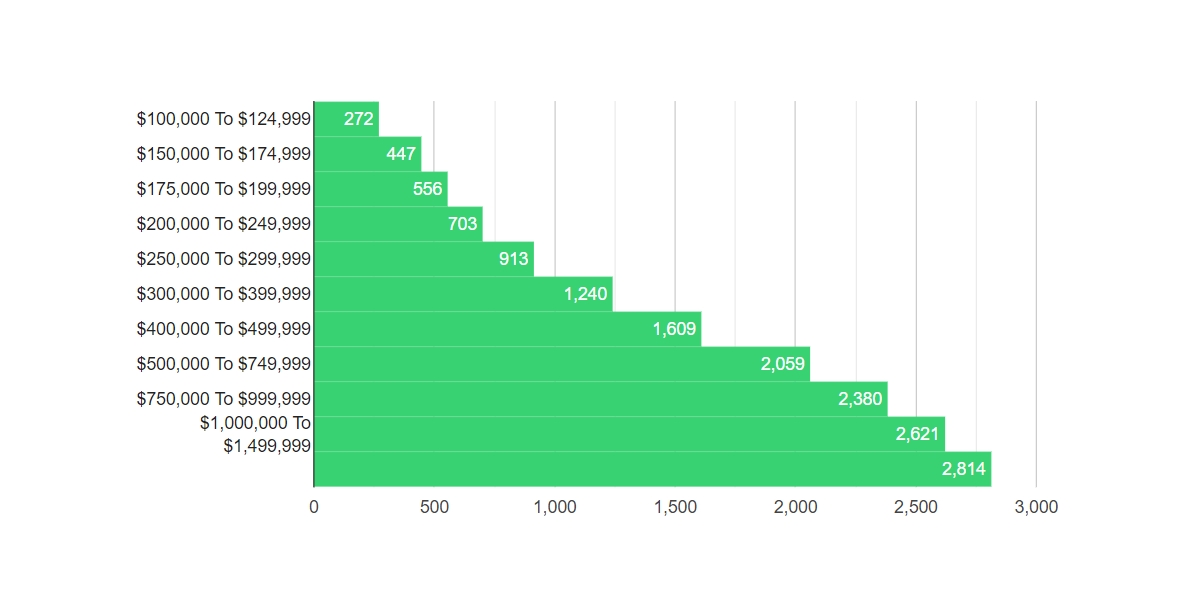
Catastrophic healthcare insurance is a type insurance that covers the cost of medical services after your deductible for each year has been met. It will cover more medical bills than any other type of insurance. However, it is more expensive that other plans. Because you get more benefits for your money, it is worth paying higher premiums.
Affordable health insurance plans are cheaper than catastrophic health insurance
A catastrophic health plan provides coverage for the cost of essential health benefits. However, it also has a high-deductible. These policies are designed to cover unexpected medical emergencies. The catastrophic plan's maximum out-of pocket limit is $8,700 in 2022 for an individual and $9,100 2023.
Catastrophic policies are not eligible for subsidy and are only available to some exchange enrollees. They are also not available in every area and are not automatically shown to people under age 30. A mere 1% of all exchange enrollees opt for a catastrophic plan every year. In 2022, half of the enrollees nationwide will have a catastrophic plan.

Catastrophic health insurance costs
The cost of catastrophic health insurance can be expensive, especially for families with children. This type is known for its high deductible. In many cases, catastrophic health insurance plans can cost you more than $7900. A silver or a gold plan will not cost as much if your family has to use multiple medical services over the course of a year.
Before choosing a catastrophic health insurance plan, you must do your research and weigh your needs against the costs of routine medical bills. Know the average cost of a hospital visit and what you can expect to pay in monthly premiums. If you don’t have insurance, you can look around the federal government’s health care marketplace and your state’s marketplace. Be aware that catastrophic health insurance typically has a higher premium and a higher out of pocket expense.
Benefits of catastrophic healthcare insurance
Catastrophic coverage is insurance that helps you cover unexpected medical expenses. These plans are typically low in monthly premiums with high deductibles. They are suitable for young, healthy individuals who rarely require medical attention. These can be costly for seniors who require regular medical supervision.
This type is a health insurance plan that covers the entire cost of most medical services. These plans guarantee that members receive the minimum necessary health benefits. These benefits include certain preventive health services, such as vaccinations. These benefits also include annual physicals and birth control.

To be eligible for a hardship exemption in order to purchase catastrophic insurance, you must meet the following requirements
If you've recently lost your health insurance policy and are struggling to pay premiums, you may qualify for a hardship exemption to purchase catastrophic insurance. This exemption allows individuals to purchase health insurance at rates below eight percent. You may be eligible for this exemption for a number of reasons, including bankruptcy and foreclosure. Unemployed people are not eligible for hardship exemptions. Catastrophic insurance is more expensive than traditional insurance, but you'll be required to pay deductibles and premiums.
If you're younger than 30, you can purchase a Catastrophic health plan without applying for a hardship exemption. If you are over 30 and your income is less than 8.09% of your annual income you will need to file for an exemption. Once you have completed this process, you will be able to access your options via Pennie.